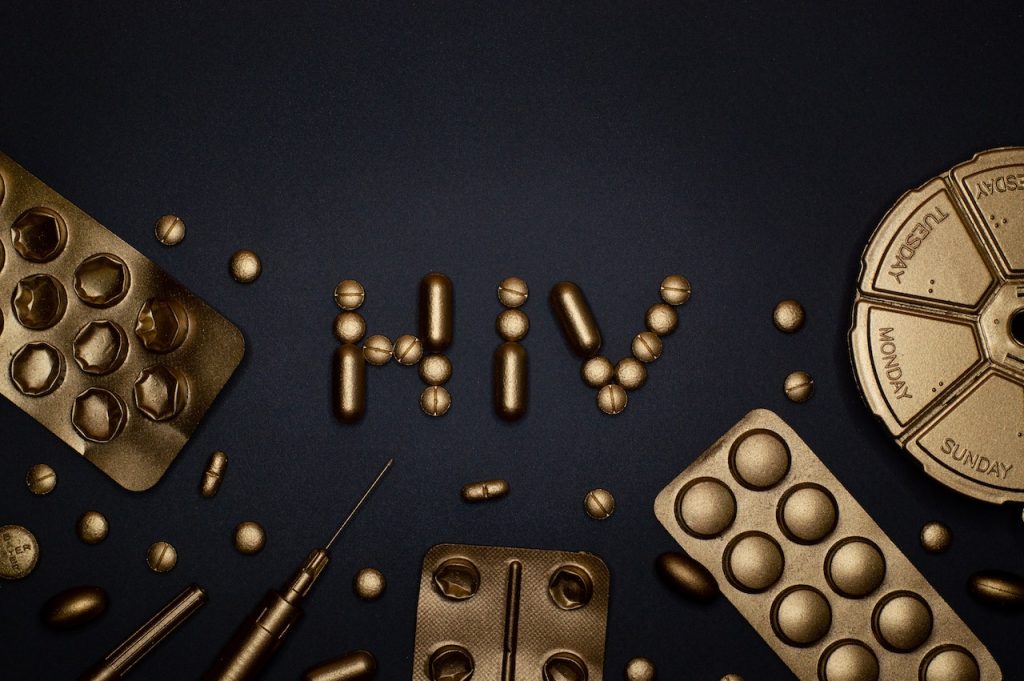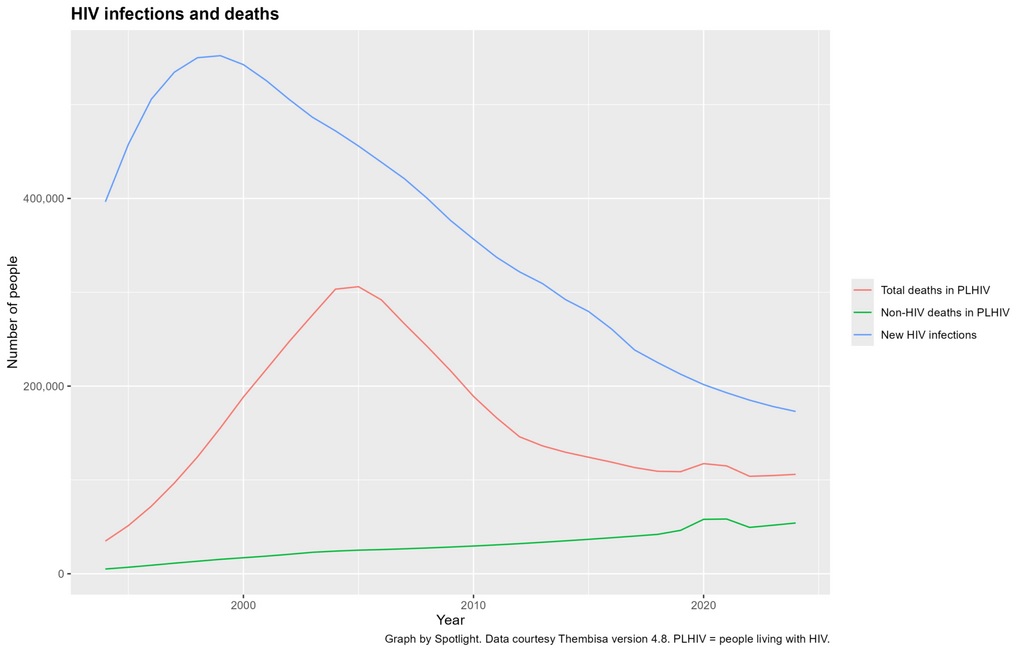Girl Effect in the Youth Drive at VUT to Close the HIV Treatment Gap

Johannesburg, 13 May25: Girl Effect South Africa, a non-profit organisation, joined the Department of Health, South African National Aids Council, Higher Health, and other partners at the ‘Close the Gap Higher Education’ event which took place on Friday, 9 May, at the Vaal University of Technology (VUT). The campaign aims to connect young people with essential health services, encourage HIV testing and treatment, and help close the country’s significant treatment gap.
With young people making up a large proportion of the estimated 5.7 million South Africans living with HIV but not on antiretroviral therapy (ART), the campaign focuses on improving access to youth-friendly healthcare on campuses and in communities. The VUT activation is part of a national strategy to achieve the UNAIDS 95-95-95 targets, which aims to ensure that 95% of people living with HIV know their status, 95% of those are on treatment, and 95% of those on treatment achieve viral suppression.
Girl Effect brings its experience in youth-centred communication, behaviour change, and media to help break down stigma and promote informed, confident decision-making among young people. Its focus is especially on adolescent girls and young women, who remain at higher risk of HIV infection and are often underserved by the health system.
Through its flagship programme, Jik’iZinto, Girl Effect connects young women with transformative health education and digital engagement, empowering them to make informed decisions about their health and wellbeing.
Over 1 687 students accessed HIV counselling, testing, ART initiation and contraceptive services at the event and 38 700 female and male condoms where distributed amongst the young people. The young people were educated on oral Pre-Exposure Prophylaxis (PrEP), a daily pill that significantly reduces the risk of contracting HIV. Young people were also encouraged to conduct screenings for STIs, TB, and chronic diseases. Additionally, students actively participated in youth dialogues and peer-to-peer health education.
“Too often, young people face barriers, whether social, structural or emotional, that prevent them from seeking the healthcare they need,” said Dr Lisa Mulenga, Country Director of Girl Effect South Africa. “At Girl Effect, we work to remove those barriers by creating platforms where young people can access accurate information, engage with relatable content, and feel supported in making decisions about their health.”
Dr Mulenga, a public health and health systems expert with over two decades of experience, leads Girl Effect’s national strategy and programme delivery. The organisation collaborates with government departments, civil society and local partners to strengthen health messaging and improve access to services for underserved groups.
Gauteng MEC for Health, Ms. Nomantu Nkomo-Ralehoko, engaged with stakeholders during the event, culminating in a pledge signing ceremony. This event demonstrated the health department’s commitment to collaborative efforts in addressing health challenges and promoting meaningful partnerships.
The ‘Close the Gap Higher Education ’ campaign aligns with the National Strategic Plan on HIV, TB and STIs (2023 – 2028), which calls for improved service integration, greater community outreach, and targeted youth interventions. In addition to healthcare services, the VUT activation featured student-led dialogues, physical wellness activities, live performances, and keynote addresses from key decision-makers.
The campaign is being delivered in partnership with Shout It Now, Soul City, LoveLife, Aids Healthcare Foundation, the South African Police Service (SAPS), and various youth organisations. The goal is not only to increase uptake of services but to change the way young people experience healthcare, making it accessible, welcoming, and relevant to their lives.






